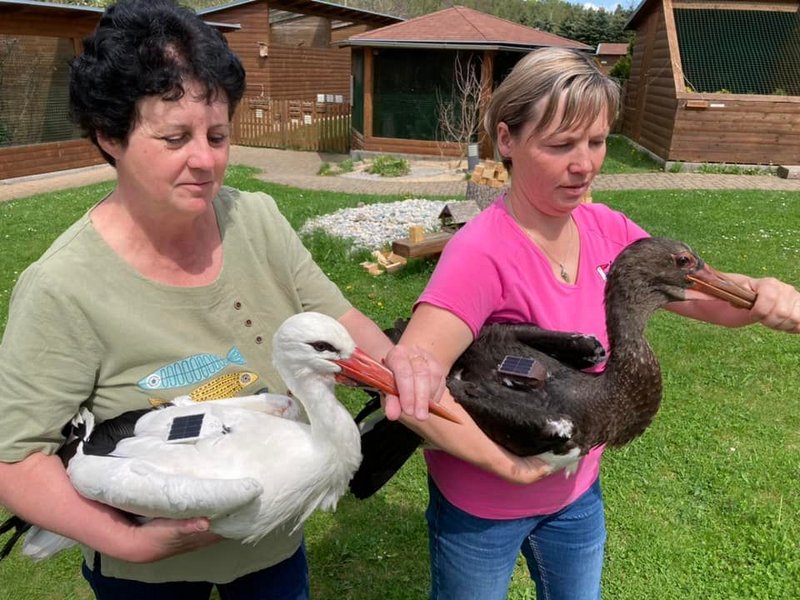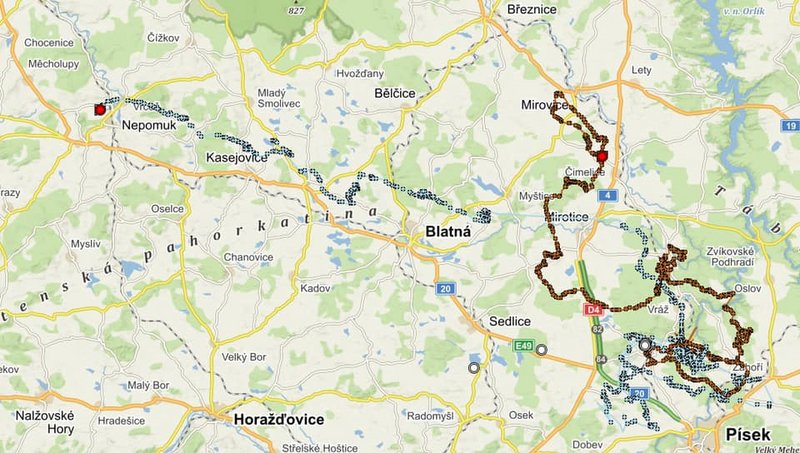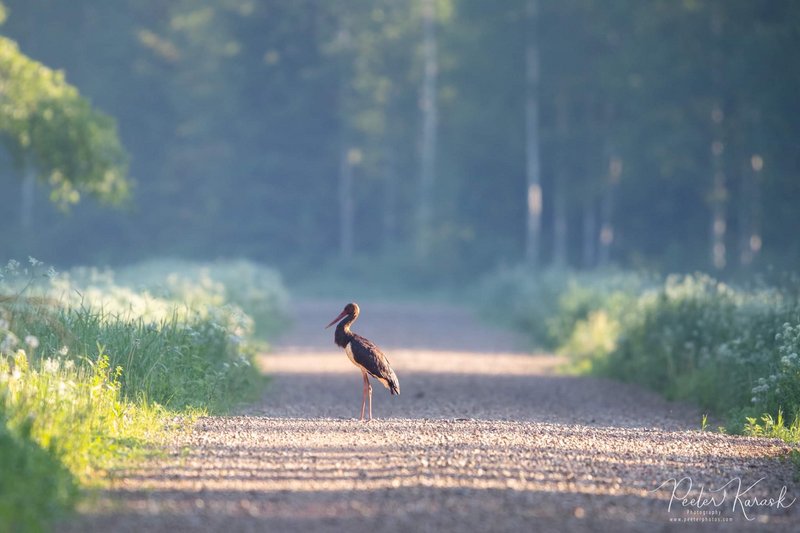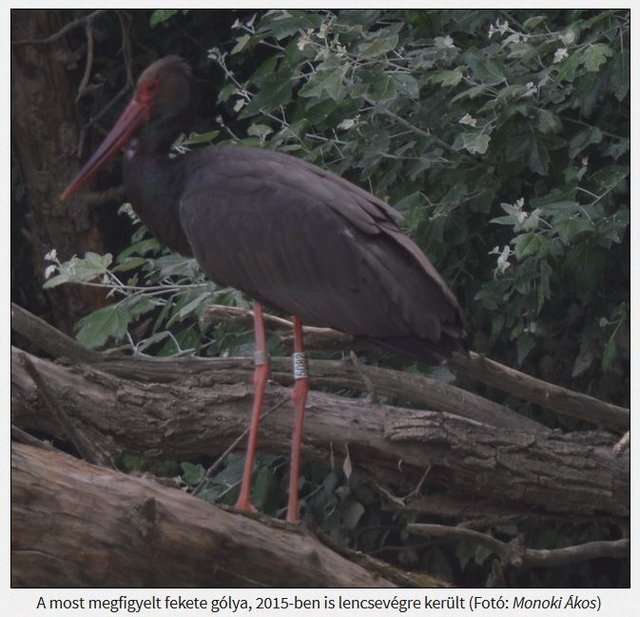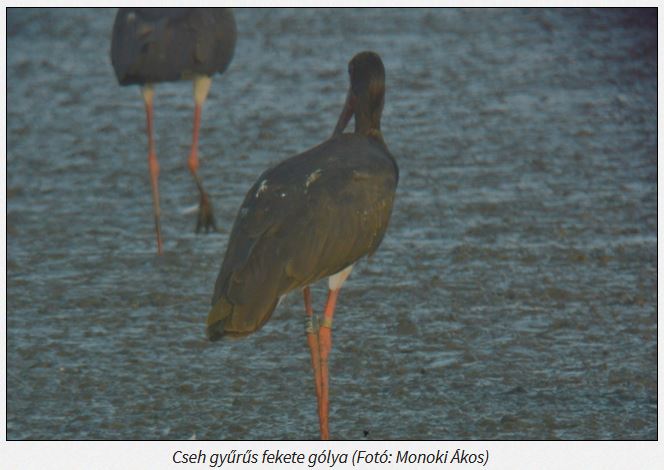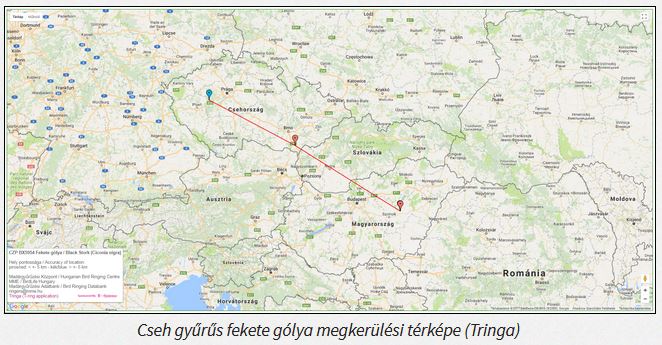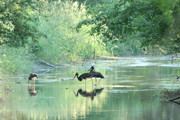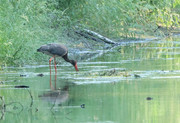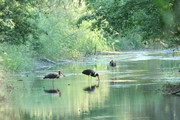https://turek.poznan.lasy.gov.pl/aktual ... e-gniazdo- (GT)
previous info viewtopic.php?p=1242#p1242
SUCCESS! STORKS HAVE ACCEPTED THE NEW NEST! (GT without corrections)
18/05/2022 | BEATA KĄTNA
Black storks, which lost their nest as a result of strong winds that passed through the Turek Forest District in February this year, returned and, most importantly, accepted the rebuilt nest by foresters and the Eagle Conservation Committee.
Black storks, which lost their nest as a result of strong winds that passed through the Turek Forest District in February this year, returned and, most importantly, accepted the rebuilt nest by foresters and the Eagle Conservation Committee. There were some corrections, storks refined the nest and today we know that they are waiting for the chicks, informs Beata Kątna, nature protection specialist in the Turek Forest District.
Our observations show that this year black storks returned to the Turkow forests from Africa, where they spend the winter extremely late."I was afraid that maybe they did not accept the nest or something bad happened during their migration. In 2021, I recorded the first black stork sighting in this place on March 28. This year we had to wait until mid-April. Fortunately, they returned, now they are hatching eggs. ". - informs Sławomir Binek, forest inspector in the Turek Forest District.Black storks are extremely hidden and sensitive to human presence birds. If we had called him an introvert, we would certainly not be wrong. Due to the way it is preserved, it is necessary to create protection zones around its nests, in which the access is prohibited to unauthorized persons. All this to ensure peace for these sensitive birds.
Why is the protection of the black stork so important?
The black stork is a very rare inhabitant of Polish forests, and it leads a very secretive lifestyle. What is important is the so-called umbrella species, also called casing, target or target species. Covering species are usually easily visible taxa, present in the public consciousness and easily identifiable, "priority" from any point of view, the protection of which entails the protection of many other species, usually less showy and less "charismatic". Apart from the black stork, the umbrella species include most of the zone species.
The zone protection of the black stork in practice means that an outsider cannot come close to their nests. They are surrounded by protection zones designated by foresters, covering an area with a radius of 500 meters during the breeding season, the very location of the habitats is kept secret.
In 2021, in a nest built on a pine tree, ornithologists ringed 3 cubs, including the two strongest ones with GPS loggers. The first flight attempts were made in August.
What will this year's offspring of our stork couple look like? We don't know that yet, we have to wait until July.
It is estimated that the number of these birds reaches 1.4-1.6 thousand pairs. In the EU, as much as 25% of the European population of this bird occurs in our country. This fact imposes on us a great responsibility for the protection of both the stork and its habitat. As emphasized by naturalists, in the early 1980s, the population of this species in Poland was estimated at around 900 pairs, while in the 1960s at only 500. The exact location of black stork nests is kept secret in order to protect birds from intruders. Each pair usually builds more than one nest (their weight can be up to a ton), the next ones may be separated from each other by up to several kilometers and inhabited in the following years in the event of loss or deterioration of the quality of the basic nest.
You will be able to observe storks from the forests of Turek until autumn. In September, this species migrates to wintering grounds in East and Central Africa.
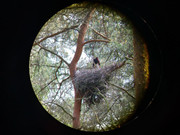
in the article
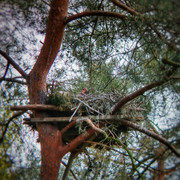
https://www.facebook.com/nadlesnictwo.t ... 5057097421

